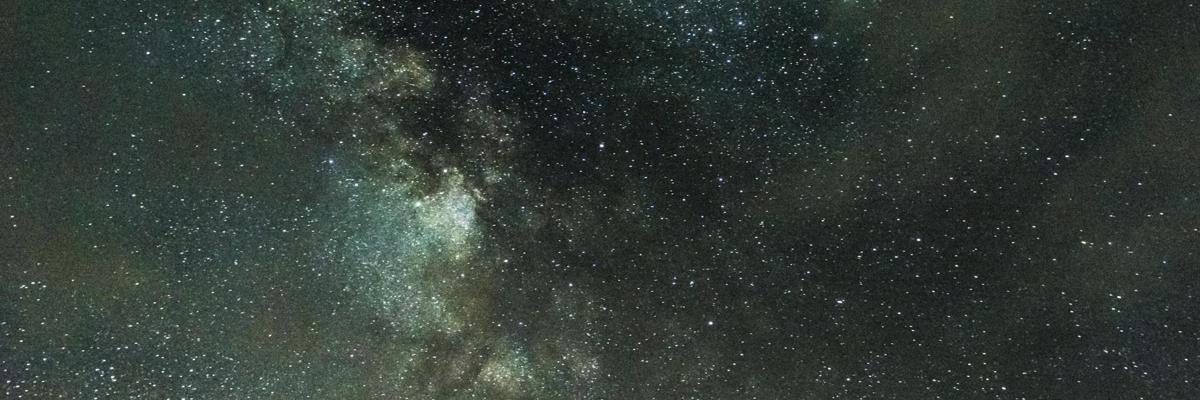
Last adventure took us to Obersaxen, Graubünden. The idea was to spend a night in the Alpine hut and enjoy the Perseid’s Meteor Shower. Obersaxen is situated in a valley and basing on Light Pollution Map, it is one of the very few places in Switzerland where light pollution is minimal. As always, I took too much equipment just to cover all possibilities: Nikon D7100 (D750 was in repair..), 50 mm f/1.4, 24-70 mm f/2.8 and 11-16 mm f/2.8. As a support, of course, the tripod, intervalometer, Raspberry based mobile observatory and my new medium format camera, Yashica Mat 124G (not really used for star watching 😉 ). Unfortunately, we didn’t have a clear sky but had few opportunities when the sky has opened and amazing Milky Way was visible. Taking under consideration lenses I took, it is hard to judge which was the best for the astrophotography. I suspected that 50 mm f/1.4 would be the best choice but at f/1.4 stars were not only blurred but also chromatic aberration was very strong. 24-70 mm in comparison to 50 mm gave very decent results but with D7100, focal length got longer, which minimized the exposition time. This is caused by the rule of 600 which tells you how long you can expose a single frame without a sophisticated guiding system and the picture will result with no star-trail effect. The equation is rather easy:
time of exposition = 600 / (focal length of the lens * crop factor of the sensor)
For 50 mm lens, it is roughly (at APS-C sensor with 1.5x crop) 8 sec, for 24 mm 16 sec and for 11 mm 36 sec. Value has to be still adjusted but even one from raw calculations gives decent results. All the night pictures were taken considering 600 rule and you can check them below. Enjoy!









